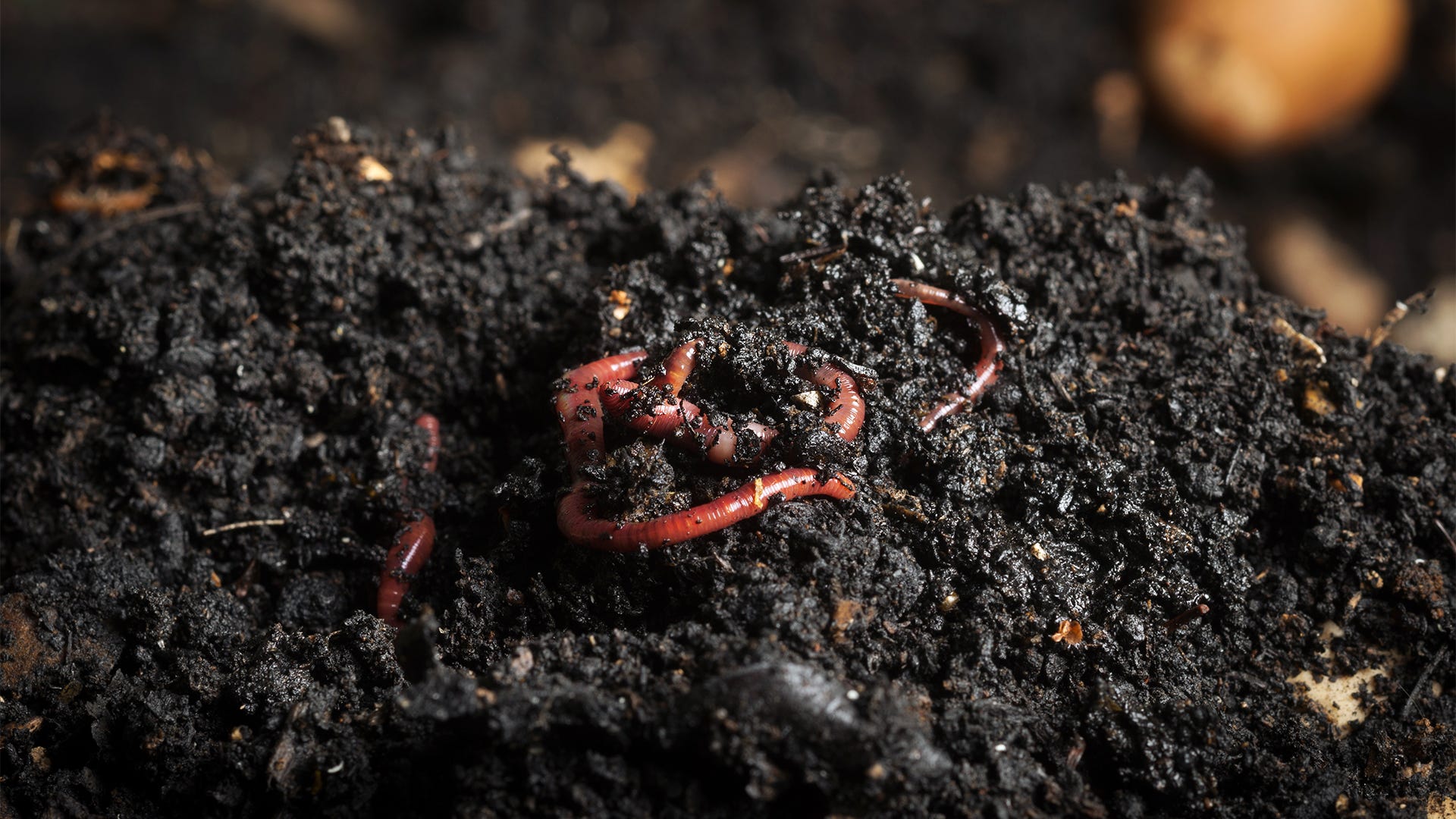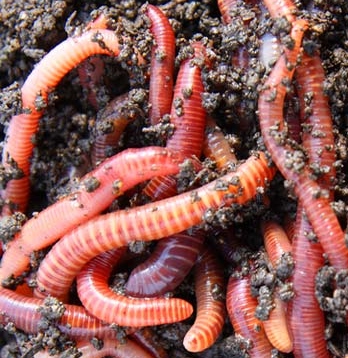Red Wiggler Express Fundamentals Explained
Red Wiggler Express Fundamentals Explained
Blog Article
7 Easy Facts About Red Wiggler Express Shown
Table of ContentsSome Known Incorrect Statements About Red Wiggler Express The 9-Second Trick For Red Wiggler ExpressThe smart Trick of Red Wiggler Express That Nobody is Talking AboutAn Unbiased View of Red Wiggler ExpressThe Greatest Guide To Red Wiggler Express
Some worm farmers actually hold back food and water to replicate drought problems and bump up cocoon production. We do not advise this for the home composter as it has the potential to eliminate off too several of your ideal worms. Currently that you recognize everything about the red worm it's time to head out and locate a good vendor and obtain a pound or more and start your own worm farm.This overview will present you to the red wiggler to consist of a deeper on dive on the types and details on breeding, life cycle, and recreation. We'll talk about exactly how to keep red wigglers and why they must be the best worm for most composters. The red wiggler (binomial name: eisenia fetida) is the world's most usual composting worm.
A study suggests that both can create hybrid spawn, a sensation which should otherwise be considered impossible in between a lot of worm species. Fun fact: The "fetid" part of the binomial name describes what some say is a smelly secretion the red wiggler utilizes to repel predators. Yet I've been managing them for several years and never ever saw this! The composition of a red wiggler looks like that of other typical earthworms; a long-segmented body starts at the sharp head and ends at a slightly-flatted tail.
An Unbiased View of Red Wiggler Express
The digestion tract is easy, starting at the mouth where the worm starts to consume its food prior to passing it on to the pharynx. The vocal cords is a muscle section which imitates a pump to pull food right into the mouth before pumping it out right into the esophagus. The esophagus is narrow and thin-walled and works as the "waiting space" for the gizzard.
Keep in mind: This requirement for grinding is why grit is suggested in a worm container. The worm features no indigenous grinding capacity so the worm depends on consumed grit to assist grind its food in the gizzard. The tummy is where the first chemical failure of food occurs with the help of a protein-busting enzyme.

Within 42 days, these infant worms will reach sexual maturity as confirmed by the appearance of the clitellum. A fully grown red wiggler can be expected to live between one to three years. The mighty red wiggler may sometimes be utilized as a lure worm for smaller fish or as a protein source for chickens and reptiles.
Fascination About Red Wiggler Express
And as mentioned above, they are the most usual composting worm in the world. Rather, a mix of cost, hardiness, and convenience in a large range of temperatures makes it the most ideal composting worm for a lot of new vermicomposters.
This is an usual practice among worm carriers that don't intend to risk having the worms sit in a warm or cold warehouse over the weekend. Worm farmers are not keeping worms in a scenario where they prepare to ship. The worms need to be gathered from their environment first, so cultivators will certainly commonly set a Friday or Saturday deadline in order to harvest in time for a Monday shipment.
To conserve on shipping expense, you might wish to see if there are any kind of close-by "Mama and Pop" shops through a Google search. If you don't locate what you're searching for, after that I welcome you to look into worms via the Urban Worm Firm! The amount of red wigglers you acquire must be solely dependent upon the surface area you have offered for vermicomposting.
I call these the "Huge 3" variables of worm container upkeep. As pointed out earlier, red wigglers have a large temperature level resistance.
An Unbiased View of Red Wiggler Express

For best results, you want to fire for about 60-70% moisture level. The easiest examination for this is to press a handful as hard as you can. At the perfect moisture levels which is simply under 70% that handful need to hardly generate one decline of liquid. pH in a worm bin is quite simple to preserve.


The European Nightcrawler, the larger cousin of the red wiggler, is just as voracious and additionally produces a good bait worm. It chooses a bit of a cooler setting than the red wiggler. The African Nightcrawler is a large composting worm and makes a gorgeous, granular cast.
The Indian Blue is voracious, yet likewise favors a warmer environment and it likewise exhibits a propensity to leave the container. The red wiggler is a durable worm and isn't as choosy about its climate. I such as to call it the Ford Taurus of vermicomposting worms; you will not brag to your hardcore composting pals that you have them, yet they will serve you well.
The Facts About Red Wiggler Express Revealed
Surefire alive 1/2 lb of hand arranged Red Wigglers/Compost with worms (+500 worms) in various stages of life from cocoons to mature worms in their all-natural environment/bedding. Hand sorted worms reduced the disturbance of the worms hence guaranteeing live distribution. Red wiggler worms do not like resonances or light.
Report this page